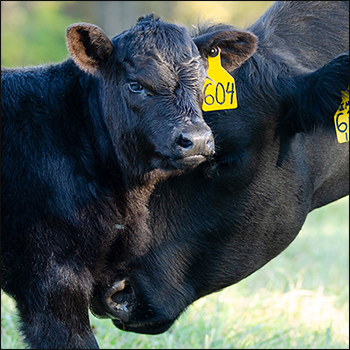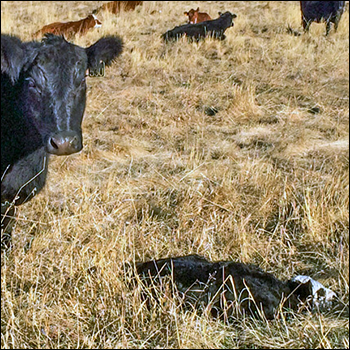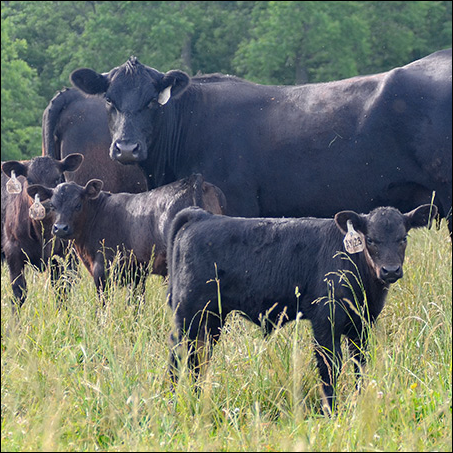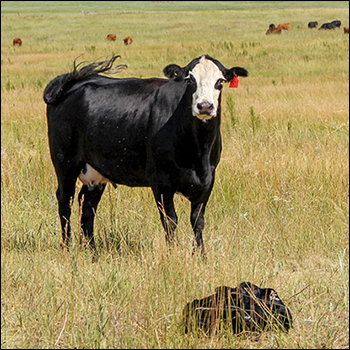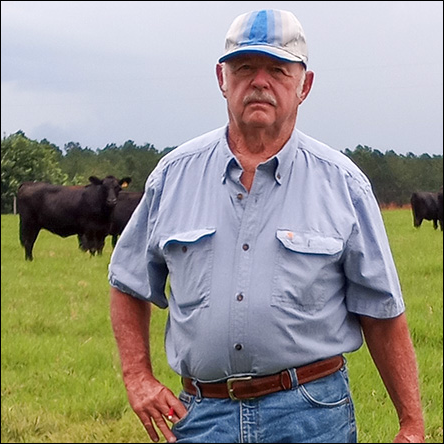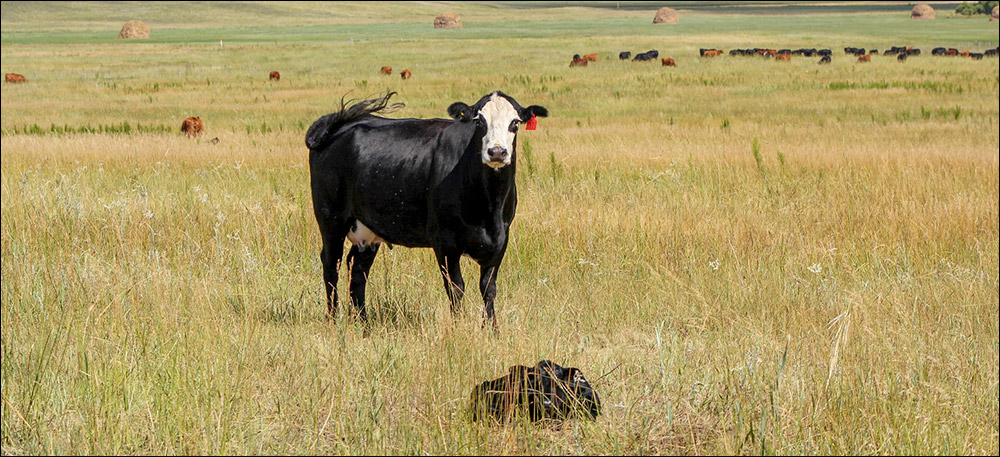
Avoid Body Condition Blues
Keep an eye on body condition in fall-calving cows.
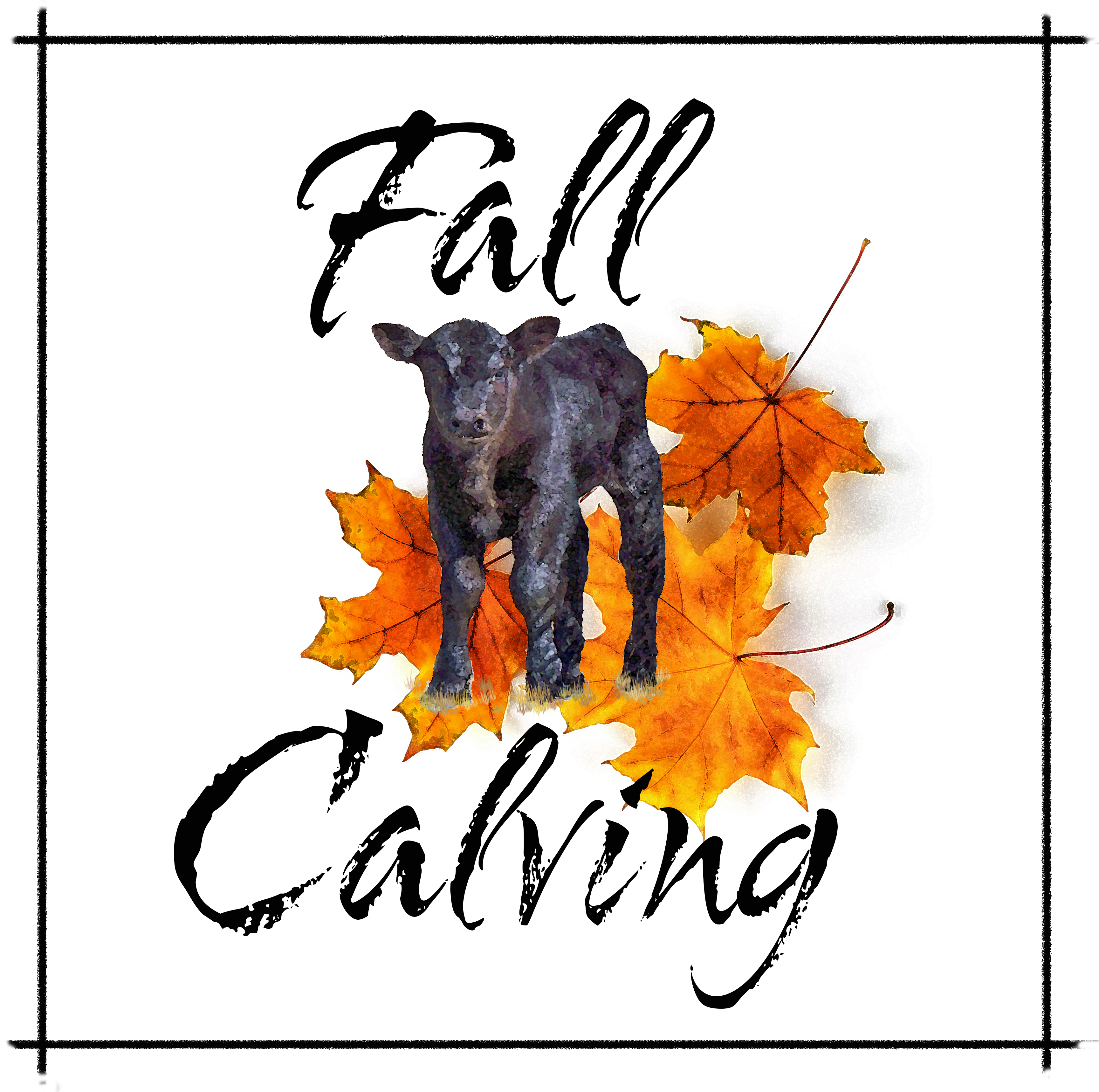
With much of the western and northern regions in a drought, producers with fall-calving cows need to be especially mindful of body condition. Many fall-calving herds start calving in August. This allows producers to take advantage of late-summer grass as a forage resource with ample protein and energy for the newly lactating cow. However, the hot, dry conditions have left many pastures not only short on dry-matter tonnage, but also short on the nutrient density required to maintain the lactating cow.
While body condition is critical for all lactating cows going into the breeding season, this is especially important for the fall-calving cow that could be facing a long, hard winter in poor condition while trying to meet the demands of lactation.
Lactating cows in peak lactation require about twice the energy of a dry pregnant cow at traditional weaning. Research has indicated cows breed back best on an increasing plane of nutrition. Fall-calving cows will likely be bred back in November. Therefore, unless they are grazing cool-season annuals such as oats or triticale, or brassicas such as turnips or radishes, it is not likely they will be on an increasing plane of nutrition at breeding. Furthermore, if the forage quality was poor at calving, the cows could be very thin (below a 5 on a 1-to-9 scale), which could negatively affect pregnancy rates.
Producers who do not have access to annual forages for grazing between calving and breeding, and find cows losing body condition, could consider supplementation strategies on pasture or move cows to confinement.
Getting the newborn off to a great start is always important, and it tends to be much easier in fall-born calves compared to early spring-born calves. However, changes to the typical routine or location can have unintended consequences, so if cows are calved in confinement due to drought, it will still be important to use management practices important in spring herds.
For example, calves need a clean, dry place away from the cows to rest. Additionally, in hot dry conditions, a source of shade and water are important. Calves should be separated by age in two-week intervals and not commingled until the youngest calves are a month old. Even though the pens are not likely to be wet, more confined conditions can lead to overcrowding, which can give pathogens a chance to proliferate. Therefore, producers need to be vigilant in watching for pathogen-related scours in calves.
For assistance developing diets and management strategies for managing fall-born pairs in a drought, contact local extension personnel.
Editor’s note: Karla Wilke is an associate professor and specialist in cow-calf systems and stocker management with the University of Nebraska Panhandle Research & Extension Center. Listen to a discussion of the content in this article on this episode of the BeefWatch podcast. You can subscribe to new episodes in iTunes or paste http://feeds.feedburner.com/unlbeefwatch into your podcast app.

